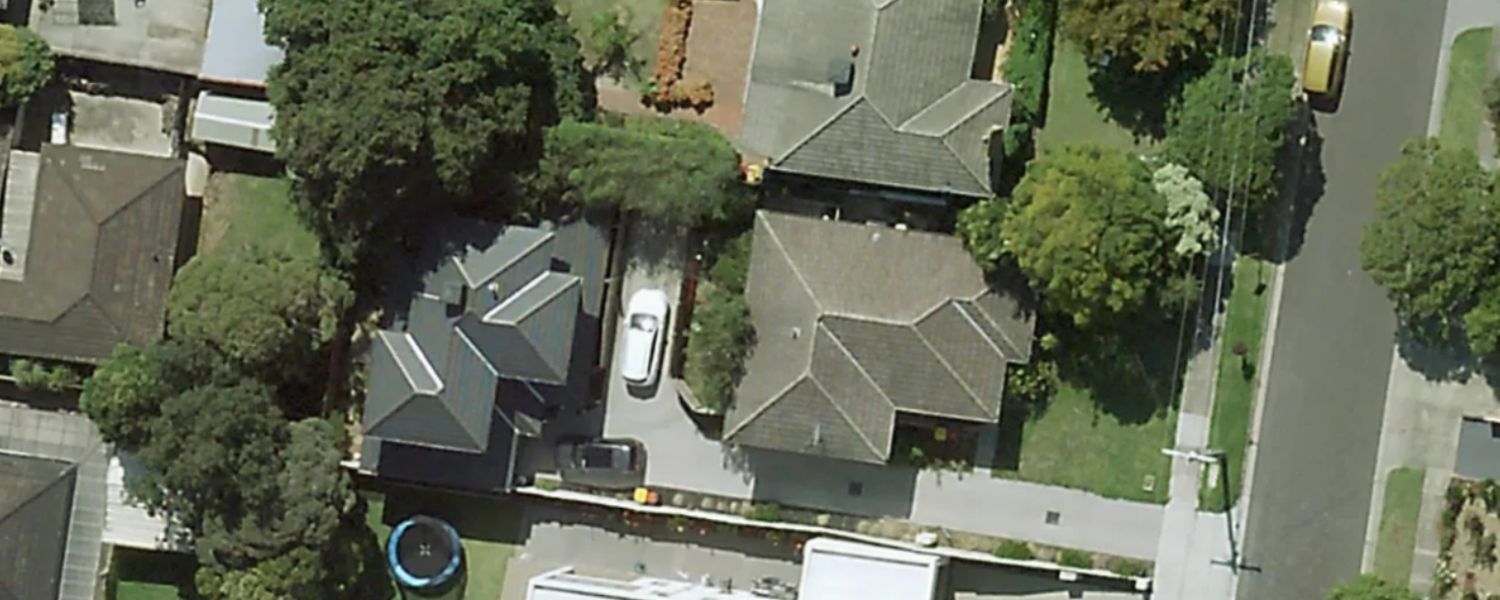If you have found a property that has passed the tests for subdivision set out in this article and you have familiarised yourself with the costs associated with a subdivision of land in Victoria then you should follow the below tips and tricks to ensure a profitable subdivision.
1. NEGOTIATE A LONG SETTLEMENT WITH THE VENDOR
The rule here is to give the vendor their price if they are willing to give you your terms. You should be willing to pay the vendors price as this will give you the ability to negotiate a six, nine or even twelve month settlement. A longer settlement is more valuable than the price of the site. Negotiating a longer settlement gives you the ability to get the necessary council permit before you settle on the site. This saves you a lot of money in unnecessary mortgage interest payments while your subdivision application is being processed by Council.

2. GET STARTED ONCE YOUR DEPOSIT IS PAID
In Victoria you do not need to own a site to apply for and successfully obtain a subdivision approval for it from the local council. This is a huge advantage Victorians have over other states of Australia because approval of a subdivision can take between 3 – 9 months. A common misperception is that you cannot start the subdivision process until the site settles. Get started once the deposit is paid.

3. KEEP YOUR TENANTS
If the tenants are at the end of their lease don’t rush to vacate them. If they are happy to stay on a rolling monthly lease with one months’ notice by either you or them to vacate then keep them in the property until you have all your permits and approvals in place and are ready to appoint a demolition company. If you are not demolishing the existing house as part of the subdivision it is worth reducing your tenants rent while construction is ongoing so that there is some monthly cash flow from the property to assist with your bills.
4. MINIMISE YOUR HOLDING COSTS
An obvious step here but ensure you secure as low an interest rate as possible. Subdivision takes time and there is red tape involved that is outside your control. There is no user pays system where you can pay to have applications fast tracked. Your holding costs are your greatest threat to your profit so follow steps 1 – 3 and secure a lender with a low interest rate to make this project worthwhile.
5. KNOW YOUR NUMBERS AND WHEN PAYMENTS ARE DUE
95% of subdivision projects are profitable. However we have all seen subdivisions in neighbourhoods stop mid construction. This is not because the project is not profitable, it is because the developer has ran out of cash to fund the project through to completion. To avoid this scenario request an amortisation schedule from your lender. This schedule shows the actual cash amounts you have to pay a lender each month. This is critical to show how much money you are going to have to pay out of your pocket and how regularly before you get to sell the new lots in your subdivision. This tool can help you accurately predict what months you may run out of cash and plan for it. This is a handy tool to show you a schedule of payments for a loan amount you can enter.
6. NEGOTIATE A LONG SETTLEMENT WITH THE VENDOR
An online search will reveal the sales history in your neighbourhood for lots and houses the same size as you are intending to create. Using these prices you can quickly develop a best possible sales price, a likely sales price and a worst possible sales price for your project. With a list of your costs to subdivide and your amortisation schedule from step 5 you can quickly work out how profitable the project would be based on the best, likely and worst possible sales price you have selected.
7. GET LOCAL EXPERIENCE
Source a local developer who has done the exact same project as you within the same neighbourhood. Pay them an hourly rate for their time and advice. If you’re lucky they might mentor you for free.

8. PAY ATTENTION TO THE POWER LINES
If the powerlines and power poles in your street are on the same side of the street as your site it will be cheaper to connect the new blocks to electricity. If the powerlines are on the opposite side of the road to your site then the electricity supplier will have to dig up the road to run power to the new lots and this cost is payable by you.
9. ARE THERE ANY UNDERGROUND PIPES WITHIN THE SITE?
Create an account with dial before you dig via this link to obtain free information about the location of underground pipes on your site. This information is very important because if there are pipes running along the boundaries of the site then minimum clearances from this pipes to new buildings will have to be observed. This can impact the amount of land you have available to develop on the site. When you obtain the maps showing the location of underground pipes on your site please email them to us at info@cstownplanning.com.au and we can tell you the distance the new buildings must be away from the pipes.
10. YOU CAN’T SELL UNTIL TITLES ARE RELEASED
You can’t legally sell each of the new lots (even off the plan) in Victoria until the title for the new lot is released to your lawyer or conveyancer. To get the title released it is not enough to merely get your subdivision approved, you must then meet all of the conditions attached to that approval. If any one of the conditions attached to the approval of the subdivision is not met your title will not be released and legally there will be no sale allowed. Our tip is to ensure you understand each of the conditions attached to your approved subdivision and get on with meeting the conditions as soon as the approval is issued. This is extremely important if you have a buyer lined up subject to the title being released because the longer they have to wait for the title the greater the risk they will pull out of the arrangement.
One tip in closing is to make sure to complete the subdivision within the time limits. An approved subdivision does not run indefinitely on the site so make sure to complete the project within the timeframe on the permit to avoid having to reapply and pay the fees again.
CALL US TODAY TO DISCUSS WITH AN EXPERT YOUR DEVELOPMENT CONCEPT.
